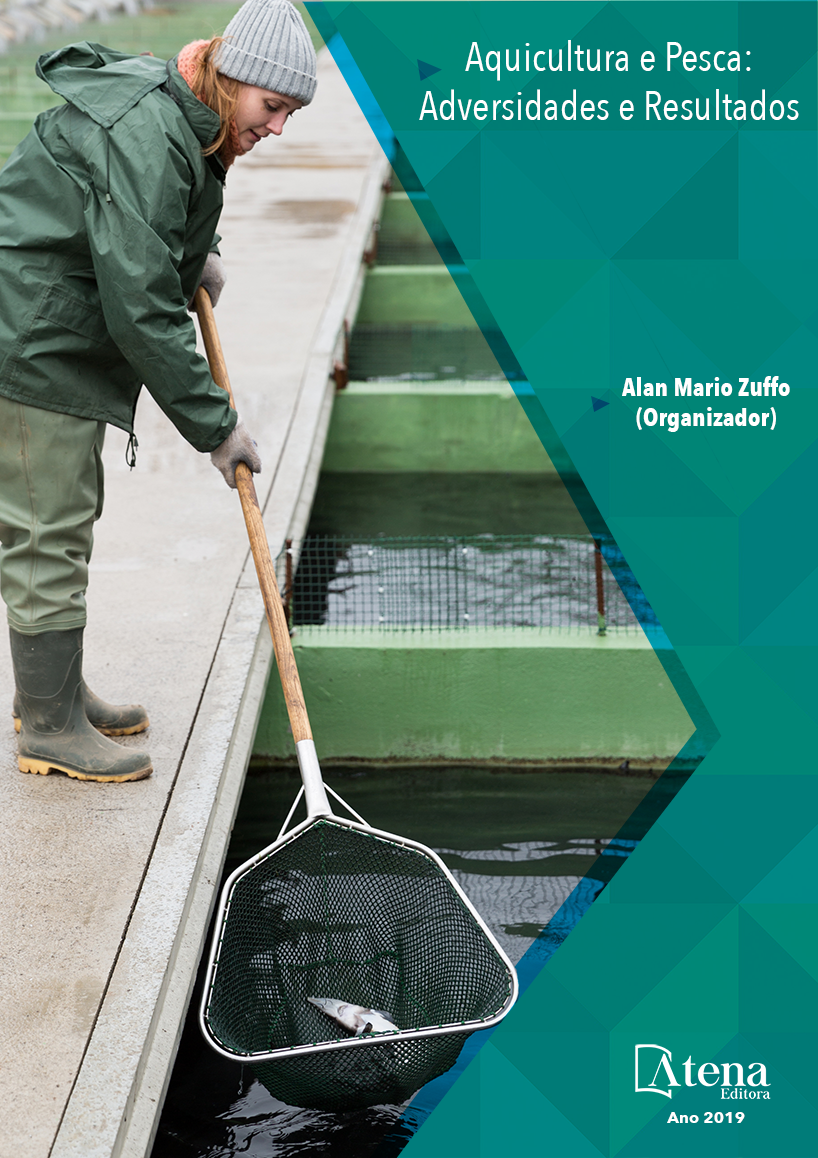
SEPARAÇÃO DE OVÓCITOS DE SURUBIM-DO-PARAÍBA UTILIZANDO DIFERENTES METODOLOGIAS: ENZIMÁTICAS X MECÂNICA
O presente trabalho objetivou avaliar
a viabilidade dos ovócitos de surubim-doParaíba após separação utilizando-se diferentes
enzimas e concentrações versus separação
mecânica. Para isso, fêmeas de surubim-doParaíba foram anestesiadas e decaptadas para
coleta dos ovários (imediatamente colocados
em solução de Hank). Em seguida, fragmentos
de mesmo tamanho (2X2cm) foram submetidos
aos seguintes tratamentos: T1- Tripsina [0,2M],
T2- Tripsina [0,4M], T3-Colagenase [0,2M],
T4- Colagenase [0,4M], T5-Hialuronidase
[0,2M], T6-Hialuronidase [0,8M] e C (controle)-
separação mecânica, onde permaneceram em
banhos de 30 minutos, com seis repetições
cada. Após banho enzimático os ovócitos foram
lavados três vezes com HBSS, e passaram por
peneiras de diferentes malhas para analise da
viabilidade por integridade da membrana (TB)
e migraçāo da vesícula germinativa (GVBT).
O método de separaçāo mais eficiente foi o
mecânico, seguido pelo enzimático com tripsina
0,4M.
SEPARAÇÃO DE OVÓCITOS DE SURUBIM-DO-PARAÍBA UTILIZANDO DIFERENTES METODOLOGIAS: ENZIMÁTICAS X MECÂNICA
-
DOI: 10.22533/at.ed.27219290320
-
Palavras-chave: ovócitos isolados, enzimas, Tripsina, Colagenase, Hialuronidase.
-
Keywords: isolated oocyte, enzymes, Trypsin, Collagenase, Hyaluronidase.
-
Abstract:
The present study aimed to
evaluate the viability of the oviocytes of the
Paraiba surubim after separation using different
enzymes and concentrations versus mechanical
separation. For this, females of surubim-doParaíba were anesthetized and decaptados
to collect the ovaries (immediately placed in
Hank’s solution). Then, fragments of the same
size (2X2cm) were submitted to the following
treatments: T1- Trypsin [0.2M], T2-Trypsin
[0.4M], T3-Collagenase [0.2M], T4-Collagenase
[0.4M ], T5-Hyaluronity [0.2M], T6-Hyaluronity
[0.8M], and C (control) -separation mechanics,
where they remained in 30-minute baths with
six replicates each. After an enzymatic bath the
oocytes were washed three times with HBSS
and passed through sieves of different mesh
for viability analysis by membrane integrity (TB)
and germinal vesicle rupture (GVBT). The most
efficient separation method was the mechanical
one, followed by the enzyme with 0.4M trypsin.
-
Número de páginas: 15
- Taís da Silva Lopes
- Danilo Caneppele
- Eduardo Antônio Sanches
- Elizabeth Romagosa
- Tais da Silva Lopes


